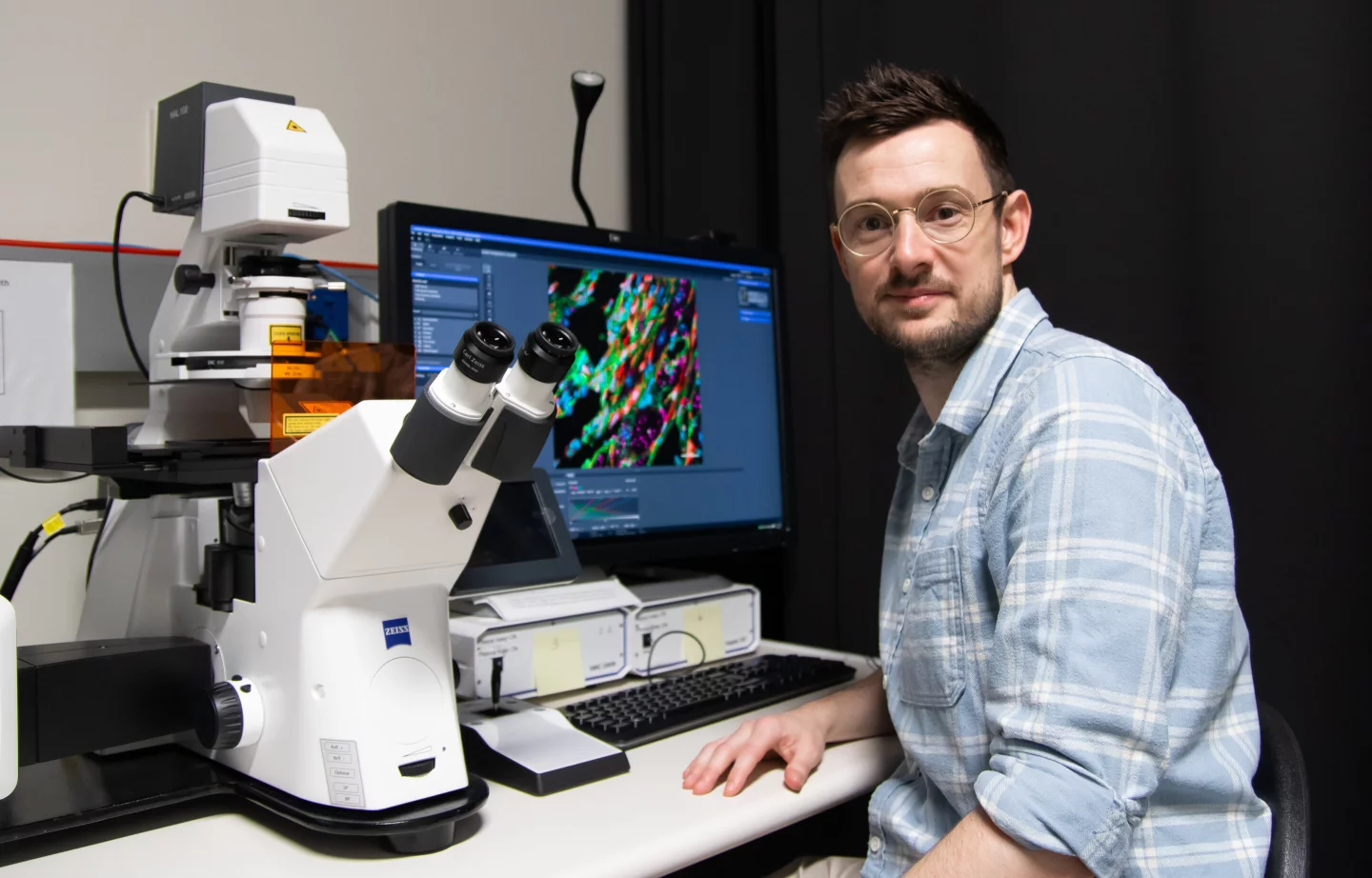Scientists have discovered a molecule that plays an important role in relaying information about how cells are 'pushed' or 'pulled' to our brains, and changing this signaling behavior could provide effective cell therapies to prevent or reverse both osteoporosis and obesity, and to treat inflammatory diseases.
“These are really key molecules that constantly provide information to the brain such as where our bodies are in space, sensing touch and even pain,” said Dr Charles Cox, lead author of the study. “This interacting molecule we have identified represents a switch enabling us to regulate these channels, widely expressed throughout the body, which is why it could be useful for a whole range of diseases in the future.”
The molecule, a protein that binds to PIEZO channels called MDFIC, has not been fully understood but has been responsible for severe lymphatic malformations in humans.
“PIEZO channels are cellular sensors of mechanical forces – they convert mechanical forces into electrical signals,” Dr Cox said. “They have a huge number of roles in health and disease. For example, PIEZO2 is present in nerves in the skin that allow us to sense light touch.”
The team believes that therapeutics that could dial up or down the activity of the sensors transmitting along the PIEZO ion channels could open up a whole new area of cell therapeutics to combat serious disease.
“For obesity, there are multiple potential mechanisms; one is through boosting PIEZO2 activity in the stomach which could trick the brain into thinking the stomach is full,” Dr Cox said. “As we eat food, our stomachs get stretched and molecules are triggered, telling the brain when the stomach is full. By boosting the activity of these molecules, we may be able to trigger the brain into thinking it was full far earlier, mimicking satiety.”
Osteoporosis could be tackled with manipulating MDFIC in the PIEZO1 channel, which influences bone density.
“We believe we will be able to boost the activity in the channels that are involved in the strength of our bones – which could not only help prevent osteoporosis it could help those already suffering,” Dr Cox explained.

The team used Cryo-electron Microscopy (Cryo-EM) to see how MDFIC binds to PIEZO ion channels. With this discovery, the next step is to see how the protein can be modified and developed into peptide-based therapeutics.
But it doesn’t stop there: This molecule may also be adapted to combat inflammatory and cardiovascular diseases.
However, the team does acknowledge that the therapeutic use in humans is “way off into the future,” but the discovery is an essential first step.
“We are currently optimizing the portion of the protein that interacts with PIEZO channels that we hope will be able to be used therapeutically,” said Dr Cox. “Once we have a small potent peptide we can begin further testing in cells.”
The research was published in the journal Science.






